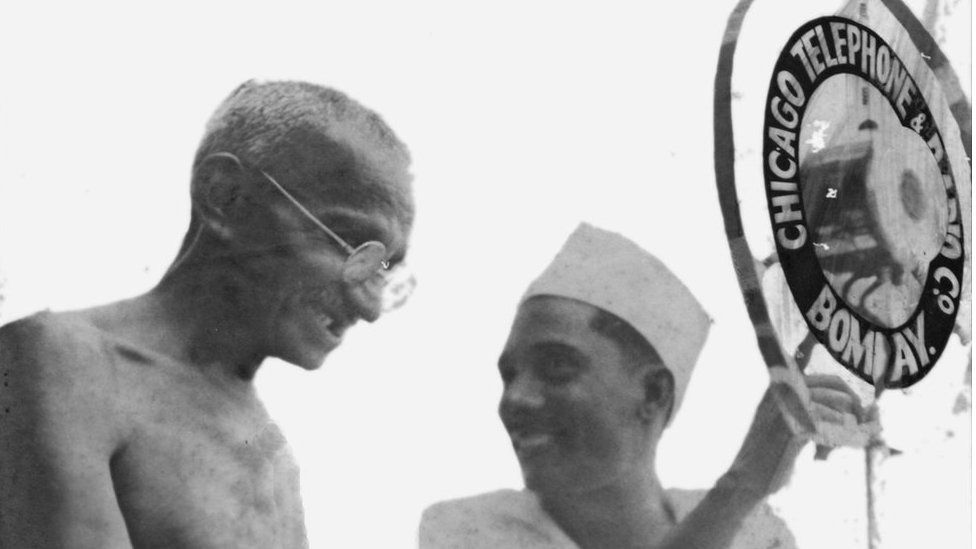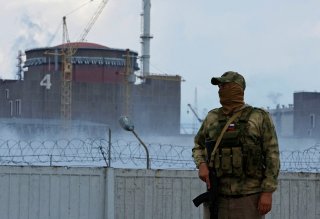AUSTRALIA
PREPARING FOR A COVID DICTATORSHIP
Scott Morrison's secret portfolios a 'sinister' move, former PM Malcolm Turnbull says
By James Elton

Malcolm Turnbull says Scott Morrison's secret appointment to multiple portfolios was "sinister stuff".(Sarah Ferguson)
Former prime minister Malcolm Turnbull says he is "astonished" the Governor-General was willing to go along with Scott Morrison's secretive appointment to multiple portfolios within his own cabinet.
Key points:Malcolm Turnbull says news of Scott Morrison's secret portfolios "is one of the most appalling things I have ever heard in our federal government"
Mr Turnbull says he regrets describing the Indigenous Voice to parliament as a "third chamber"
He says he now supports an Indigenous Voice to parliament enshrined in the constitution
Mr Turnbull blasted his successor and former treasurer for taking on the ministerial roles — including in health, finance and resources — without telling the public or, in some cases, the existing ministers.
"This is sinister stuff. This is secret government," he told 7.30.
"This is one of the most appalling things I have ever heard in our federal government. I mean, the idea that a Prime Minister would be sworn in to other ministries secretly is incredible."
Mr Turnbull said he was "astonished" that the Department of Prime Minister and Cabinet had "gone along" with the appointments, which have now come to light through media reports sourced from court documents.
But he said he was even "more astonished" that the Governor-General, David Hurley, was involved.
Mr Morrison's secret ministries were completely different to more routine arrangements where ministers act in different roles while a colleague is unwell or on leave, according to Mr Turnbull, because those arrangements were made public.

Mr Turnbull says the idea that a prime minister "would be sworn in to other ministries secretly is incredible".(AAP Images/Lukas Coch)
"We, the people, are entitled to know who is governing our country. We need to know who is the minister for this, who is the minister for that. If, in fact, these things are all being done secretly, that's not a democracy."
In a statement this afternoon, a spokesperson for the Governor-General said Mr Morrison was appointed to his extra portfolios under "normal process", consistent with the constitution.
"Questions around appointments of this nature are a matter for the government of the day and the Department of the Prime Minister and Cabinet," the statement read.
"Similarly, the decision whether to publicise appointments to administer additional portfolios is a matter for the government of the day."
7.30 asked the Department of Prime Minister and Cabinet if it had prepared papers or a briefing about the appointments for the Executive Council, which is the body that advises the Governor-General.
The department did not directly respond, instead simply confirming Prime Minister Anthony Albanese had asked it to "provide advice on this matter".
Turnbull supports Voice, regrets 'third chamber' characterisation
The former Liberal prime minister Mr Turnbull has also thrown his weight behind the upcoming 'yes' campaign for a referendum to create an Indigenous body to advise the parliament, enshrined in the constitution.
Mr Turnbull said he regretted describing the proposal as a "third chamber" of parliament while he was prime minister.
"I do regret using that term, because it was misunderstood," Mr Turnbull said.
"I never intended to convey the idea that it would be a third chamber like the Senate is a second chamber."
Mr Turnbull said he still had "reservations" about the model, and stressed that it would be a "big change" to power dynamics in Indigenous affairs, not mere symbolism.
"I believe our parliamentary democracy can handle it," he said.
He said a 'yes' campaign would have been doomed while he was leader, but the momentum behind the idea now meant it was a "winnable" proposition.
"I say that with great trepidation. There's a lot of work to be done," he said.
Related Stories
'I know as much as you do': Dutton says he didn't know Morrison appointed himself to cabinet roles
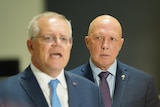
Morrison's multiplying minister trick puts the 'I' in team
What we know about Scott Morrison secretly appointing himself to three ministries during the COVID-19 pandemicFormer prime minister Scott Morrison appointed himself to three additional portfolios during the COVID-19 pandemic.(ABC News: Matt Roberts)
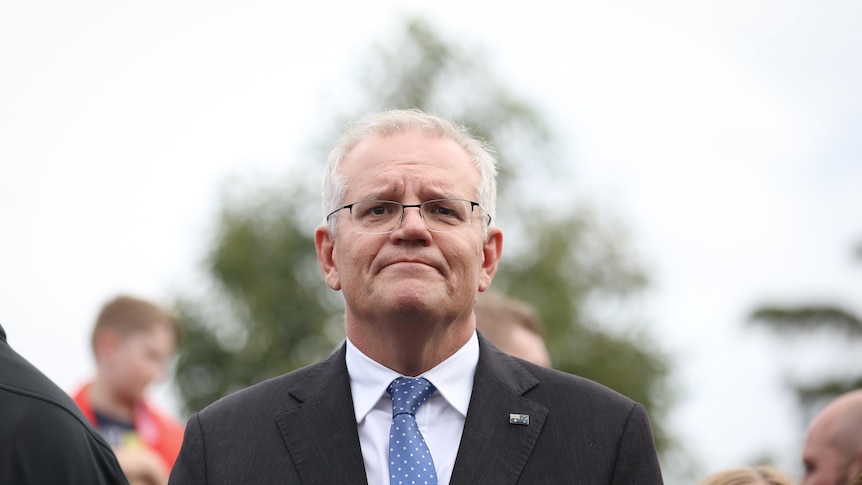
The story originated from a report in The Australian newspaper over the weekend about Mr Morrison taking on responsibility of the health portfolio.
The ABC understands then-health minister Greg Hunt agreed to the joint position as a safeguard, should he become incapacitated from COVID-19.
But then-finance minister Matthias Cormann was not told Mr Morrison had also appointed himself to share that role.
Nationals MP Keith Pitt, who was the resources minister in the Morrison government, has told the ABC that he "certainly made inquiries" about the appointment, but ultimately accepted Mr Morrison's decision.
Mr Pitt has also told the ABC that Mr Morrison used his position as joint resources minister to block a controversial petroleum exploration licence.
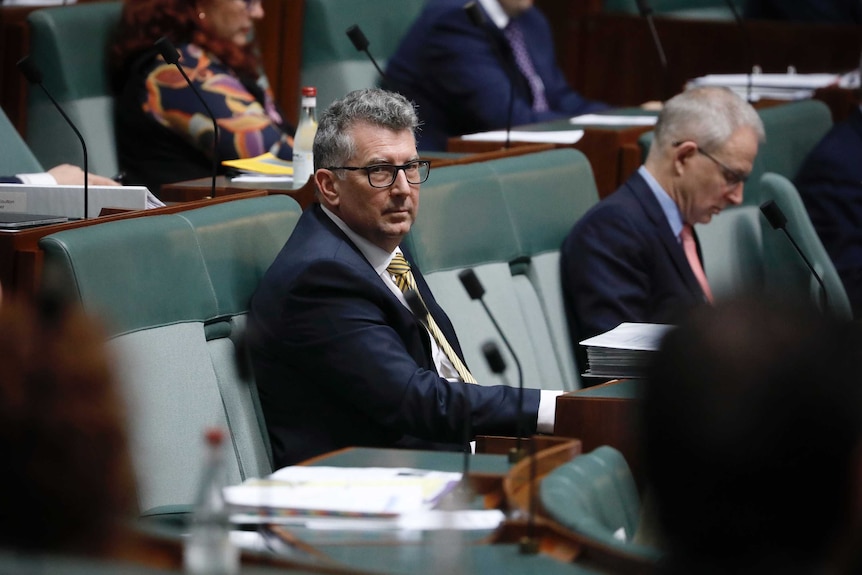
Keith Pitt says he was concerned when he learnt of the self-appointment.
(ABC News: Matt Roberts)
What has the reaction been?
Prime Minister Anthony Albanese has labelled the reports as "extraordinary" and "completely unacceptable".
"The people of Australia were kept in the dark as to what the ministerial arrangements were, it's completely unacceptable," he said.
"This is very contrary to our Westminster system. It was cynical and it was just weird that this has occurred."
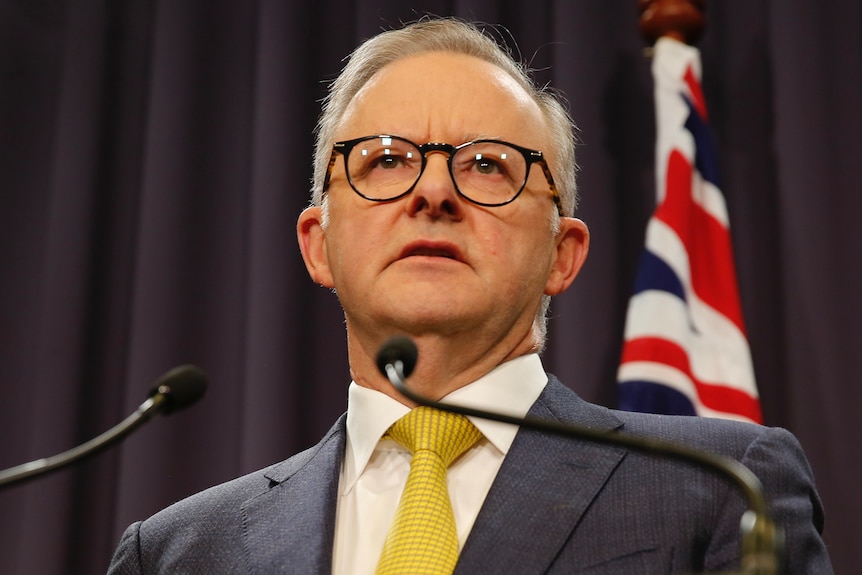
Prime Minister Anthony Albanese says the allegations are "completely unacceptable".(ABC News: Toby Hunt)
Nationals leader David Littleproud, who was the Morrison government's agriculture minister, told ABC Radio that he was unaware of Mr Morrison's self-appointments.
"That's pretty ordinary, as far as I'm concerned," Mr Littleproud said.
"If you have a cabinet government, you trust your cabinet."
Mr Littleproud said he also believed then-Nationals leader and deputy prime minister Barnaby Joyce was also unaware of the decisions.
"These are decisions of Scott Morrison. I don't agree with them, and I'm prepared to say that openly and honestly," he said.
David Littleproud says he was unaware of Mr Morrison's self-appointments.
(ABC News: Matt Roberts)
Keith Pitt said while he thought the move was "unusual", he wouldn't throw Mr Morrison "under a bus".
"It was clearly something I was concerned about, as you would expect," he said.
Former Labor leader Bill Shorten described it as a "bizarre decision" by the former prime minister.
"Honestly I've never heard of this, in World War II I'm not aware John Curtin swore himself in as defence minister … I don't know what was going through [Mr Morrison's] head," Mr Shorten said.
"If he felt the need to do it, why not tell people? Why be secretive?"
Former health minister Greg Hunt reportedly agreed to the shared position.
(ABC News: Nick Haggarty)
Is this allowed?
According to the Governor-General, yes.
In a statement on Monday afternoon, David Hurley confirmed he had secretly signed instruments that allowed Mr Morrison to administer other portfolios.
He said his actions were "consistent with section 64 of the constitution", which states that the Governor-General may appoint members of parliament to ministries.
He also said it was not uncommon for ministers to be appointed to "administer other departments other than their portfolio responsibility", and Mr Morrison was not required to go through the formal swearing-in ceremony.
"The Governor-General signs an administrative instrument on the advice of the prime minister," he said.
"The decision whether to publicise appointments to administer additional portfolios is a matter for the government of the day."
Scott Morrison picked David Hurley as Governor-General in 2018.
(ABC News: Matt Doran)
But speaking to the ABC, constitutional law expert Anne Twomey said the decision was inexplicable because there were already provisions in place for other ministers to take over portfolios if a minister became incapacitated.
"What on earth was going on, I don't know, but the secrecy involved in this is just bizarre," she said.
"You just wonder what's wrong with these people that they have to do everything in secret."
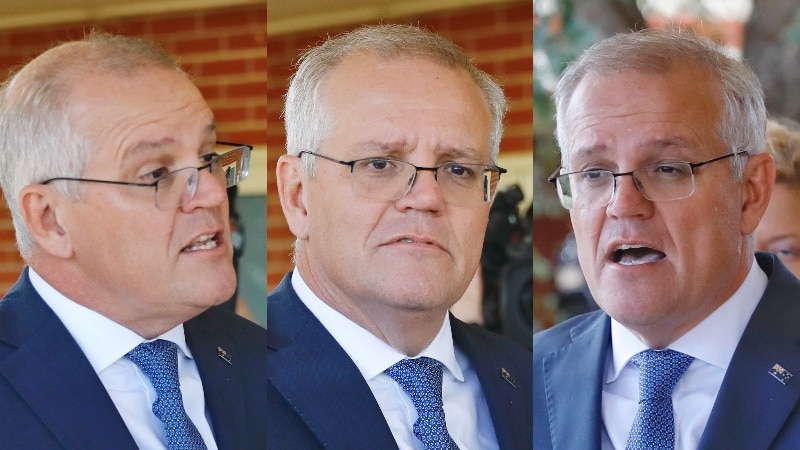
"We will be seeking advice from appropriate people including the solicitor-general about all of these issues," he said.
Mr Albanese said he would be getting a full briefing on Monday afternoon, which he said would inform his next decision.
"This is dripping out like a tap that needs a washer fixed and what we need is actually to get the full flow of all the information out there and then we'll make a decision about a way forward here," he said.
It's unclear what it means for Scott Morrison in the interim, but he told Sky News he had not seen what Mr Albanese said, and "since leaving the job I haven't engaged in any day-to-day politics".
The ABC has contacted Mr Morrison for comment.
 GETTY IMAGES
GETTY IMAGES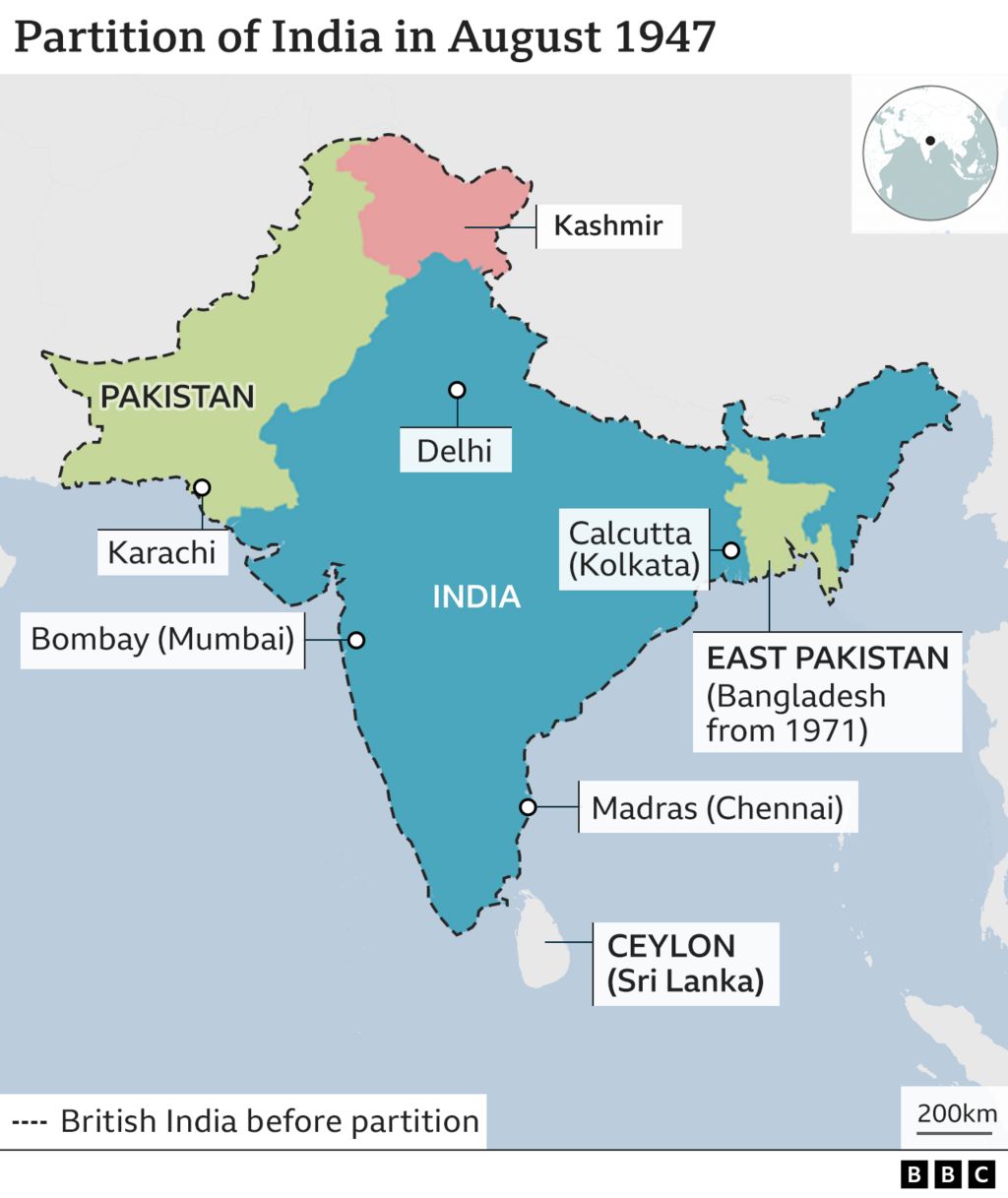
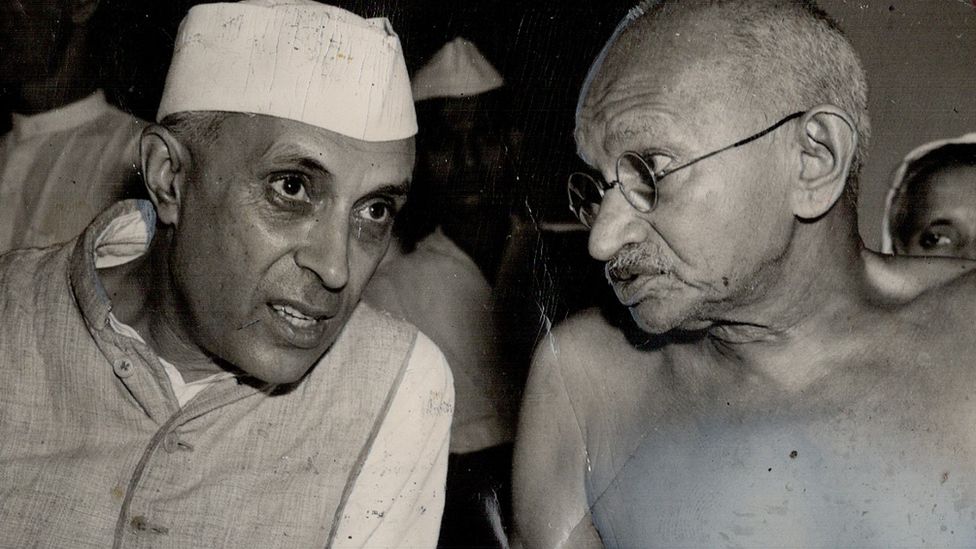 GETTY IMAGES
GETTY IMAGES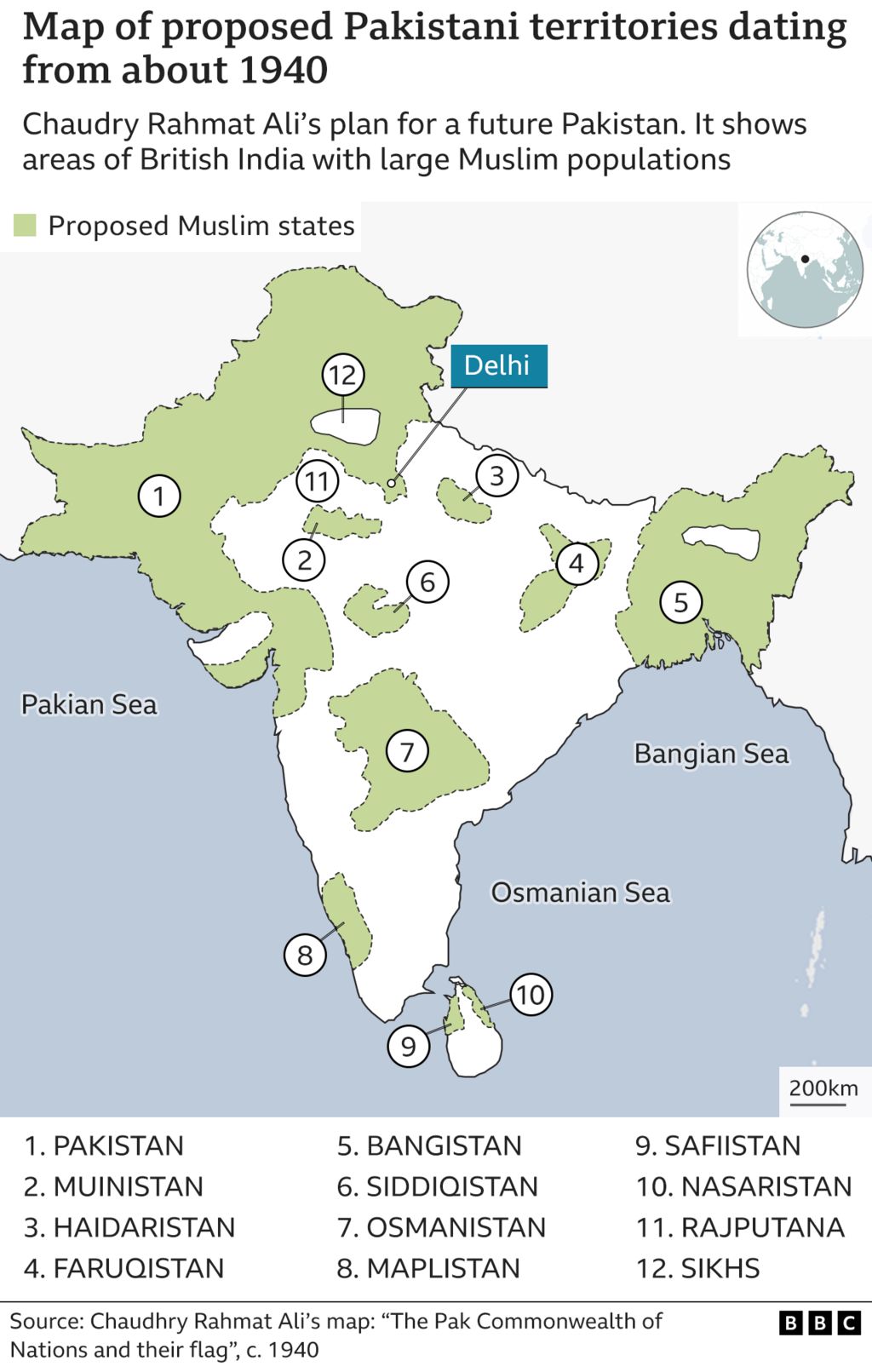
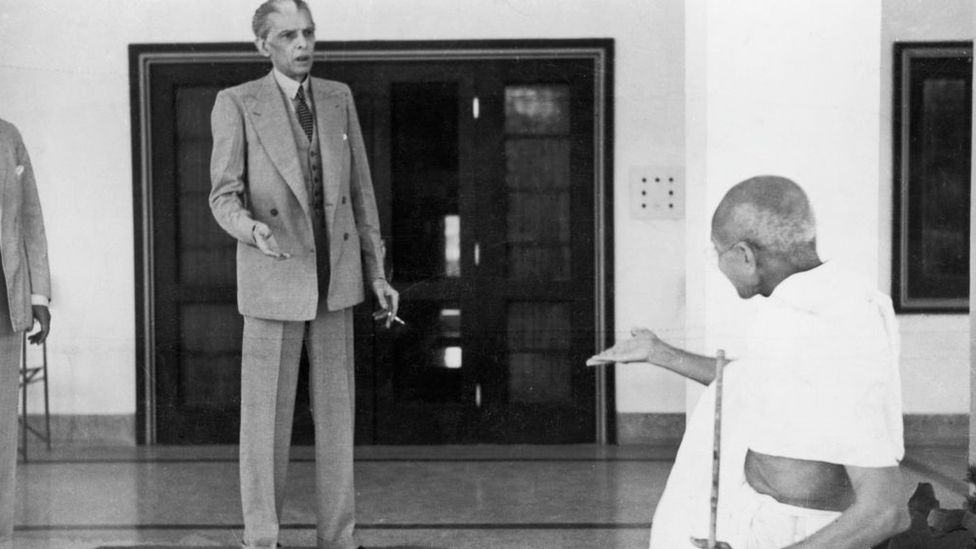 GETTY IMAGES
GETTY IMAGES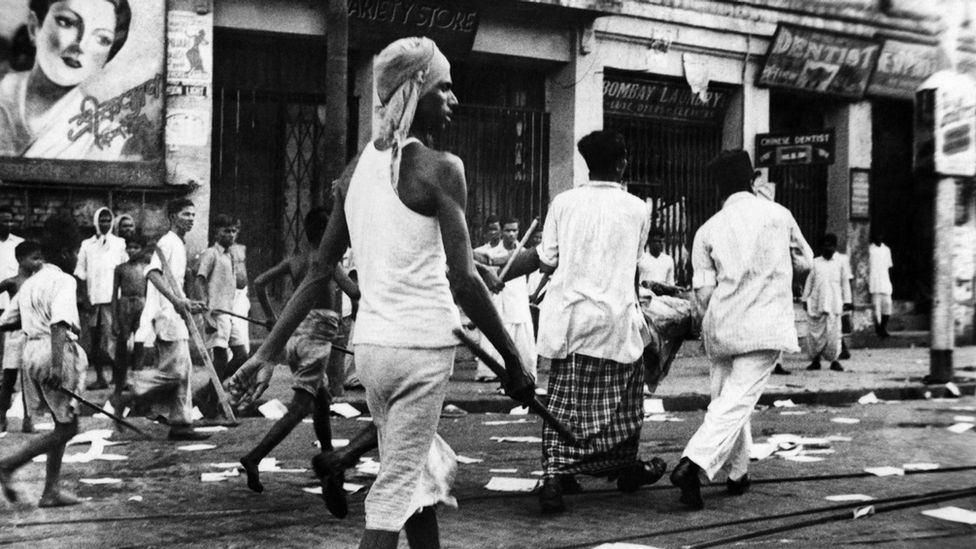 HUW EVANS PICTURE AGENCY
HUW EVANS PICTURE AGENCY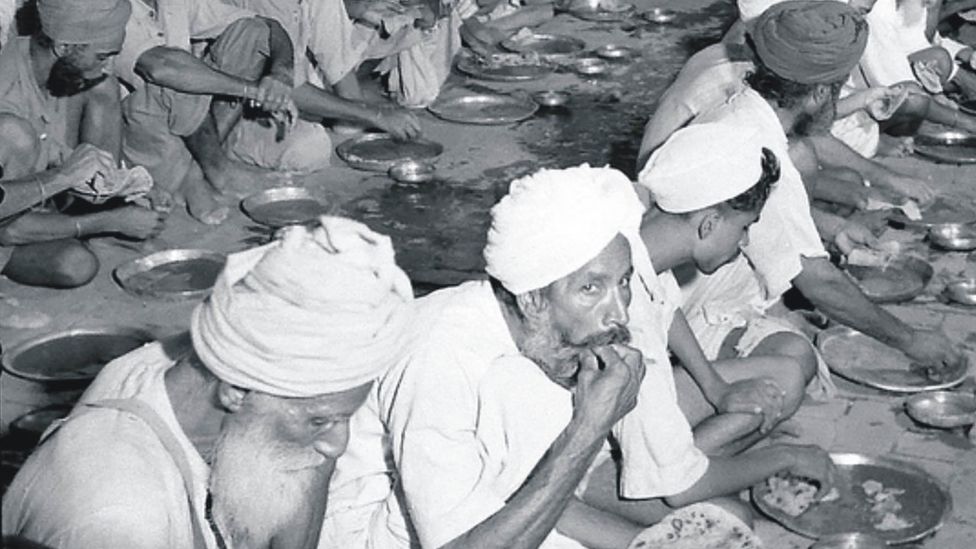 GETTY IMAGES
GETTY IMAGES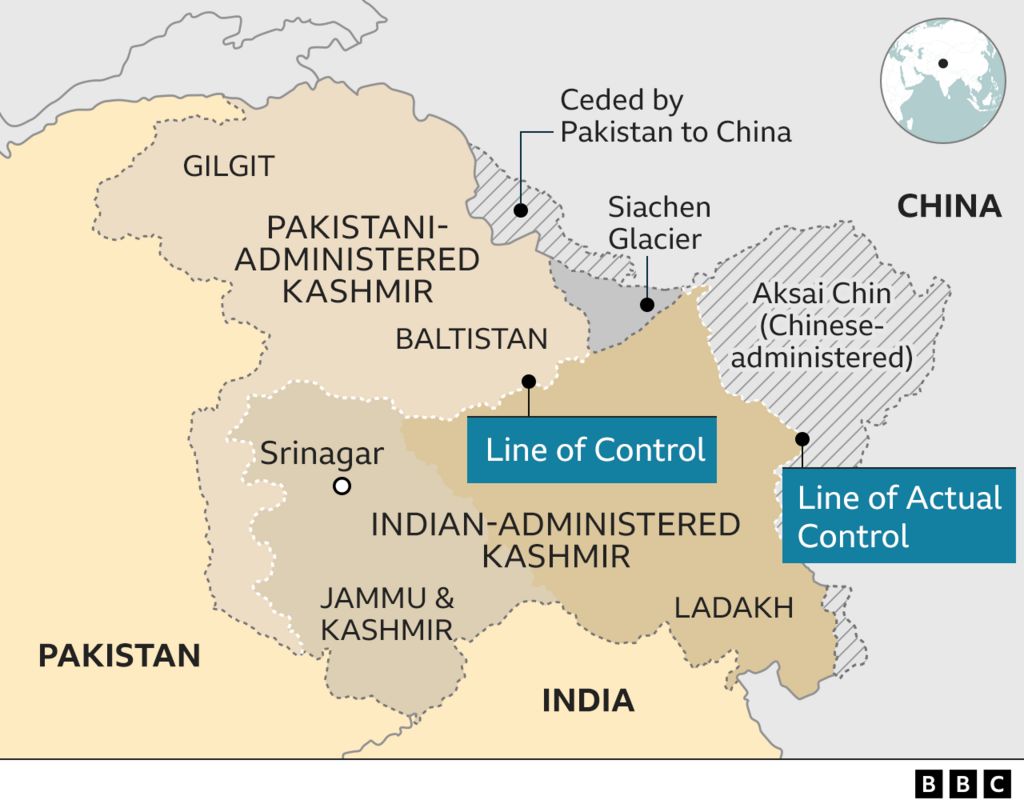
 GETTY IMAGES
GETTY IMAGES
